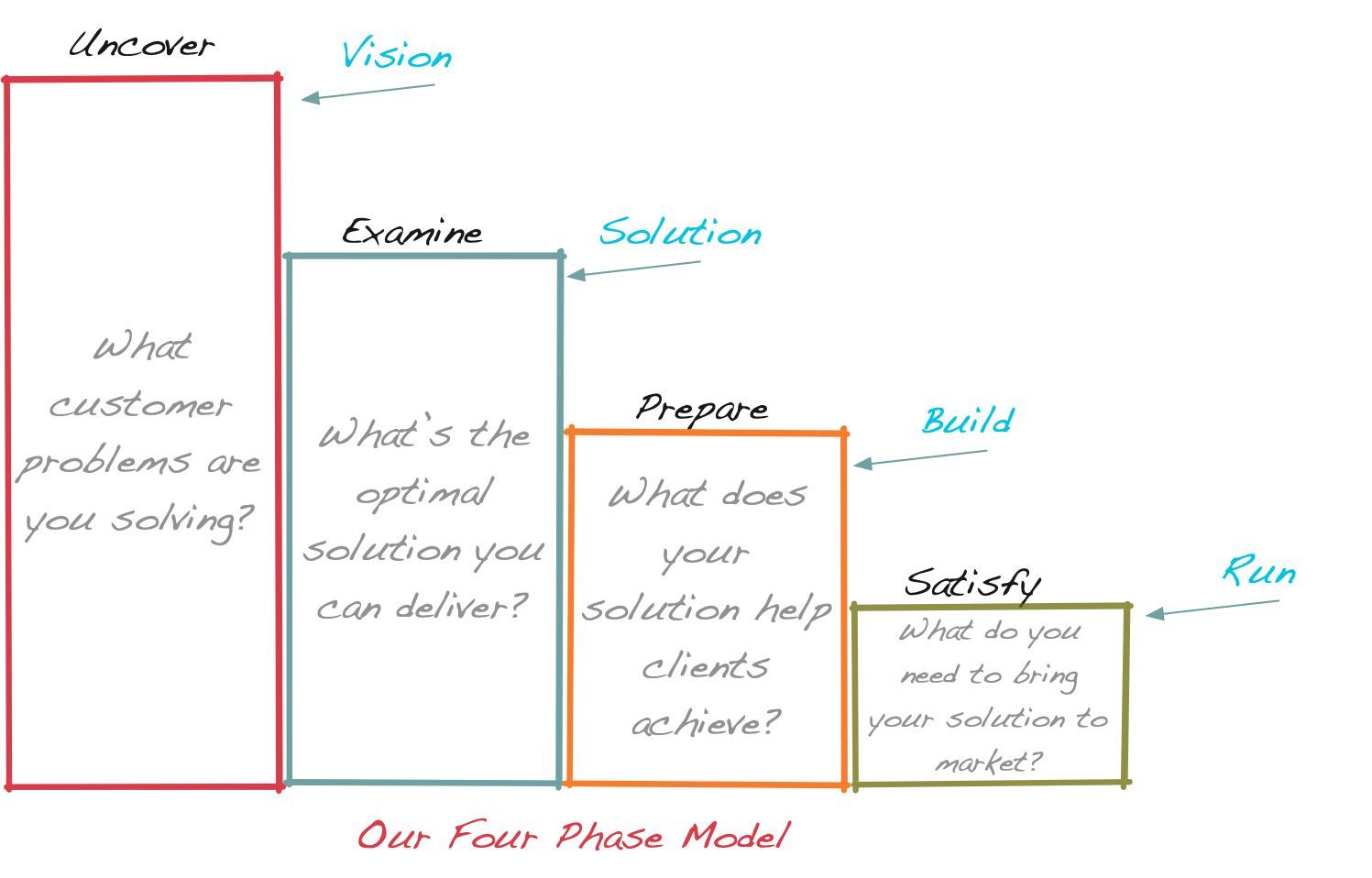
Constructive Disruption
Constructive Disruption is a sustainable advantage that we emphasize in our execution approach to technology and business.
Button
Constructive Disruption is a sustainable advantage that we emphasize in our execution approach to technology and business.
It's about innovating in a way that upends existing processes, systems, or markets while simultaneously contributing positively to the industry, the end users, and even the broader society.
Sample Use Cases:
- Technology Companies: By embracing constructive disruption, a tech company can revolutionize its product development approach by turning traditional methods on its head to foster groundbreaking innovations that redefine market standards and user expectations.
- Other for-profit businesses: They can leverage constructive disruption to reimagine their market approach by integrating edge technologies and innovative business practices to not only outpace competitors but also set new industry benchmarks, enhancing value creation for stakeholders and customers alike.
- Non-Profits: Utilize constructive disruption to challenge and transform conventional operational models. This enables them to amplify their impact by more efficient resource allocation and engagement strategies that resonate deeply with their target communities.
- Private Equity: Constructive disruption can be a pivotal strategy in portfolio management, driving companies to optimize performance by exploring novel investment models and partnerships that yield long-term, sustainable growth.
An iterative process marked by Four Phases of Discover & Execution
-
UncoverItem Link List Item 1
Embark on a journey of discovery, focusing on the problem statement without prejudging or assuming understanding.
It begins with establishing a common language—a foundational step in Learning. The aim is to grasp the high-level aspects of the issue, its context, and interconnectedness, while adopting the stance of an observer. Gather information objectively, cataloging it based on initial impressions or experienced insights, irrespective of its perceived veracity.
Exit critera: A collection of artifacts, processes, and business concerns or needs.
-
ExamineItem Link List Item 2
Simplify the problem to its core components, inspecting them without necessitating change.
Dissect each element, assessing its independent function and interplay within the current framework. Engage in thorough analysis and consider cross-industry research to explore potential applications or precedents for the elements in question.
Exit Criteria: The singular business problem you wish to solve.
-
PrepareItem Link List Item 3
Synthesize the insights gained to reassemble the elements in novel or build new configurations addressing the need.
Original problem constituents remain vital, but the introduction of change agents—internal or external—is often essential for transformation.
Experimentation with various combinations may prompt revisits to the Examine phase for deeper comprehension.
The output could a new hardware product or processes for the organization. The Examine and Prepare phases are iterative and continue until a solution is rationalized. However, remember that of perfection there is no end.
Exit Criteria: The operational solution, plans, processes, and clearn understanding of go-to-market plans.
-
SatisfyItem Link List Item 4
Transition from observer to presenter, unveiling a revised processes, methodologies, and deliverables to stakeholders.
Articulate the solution with visual aids, process maps while guiding users through exercises to ensure they comprehend its repeatability and utility.
Attentively gauge the user's readiness for change, tailoring the pace of introduction to their willingness to embrace innovation.
Exit criteria: The processes and plans to run, manage, and maintain the solution.
Outcomes Oriented
Mergers & Acquisitions
Align the people, processes, and technologies across the organizations to have a more robust NewCo.
Process and Change Management
A structured and methodical approach to modifying your business.